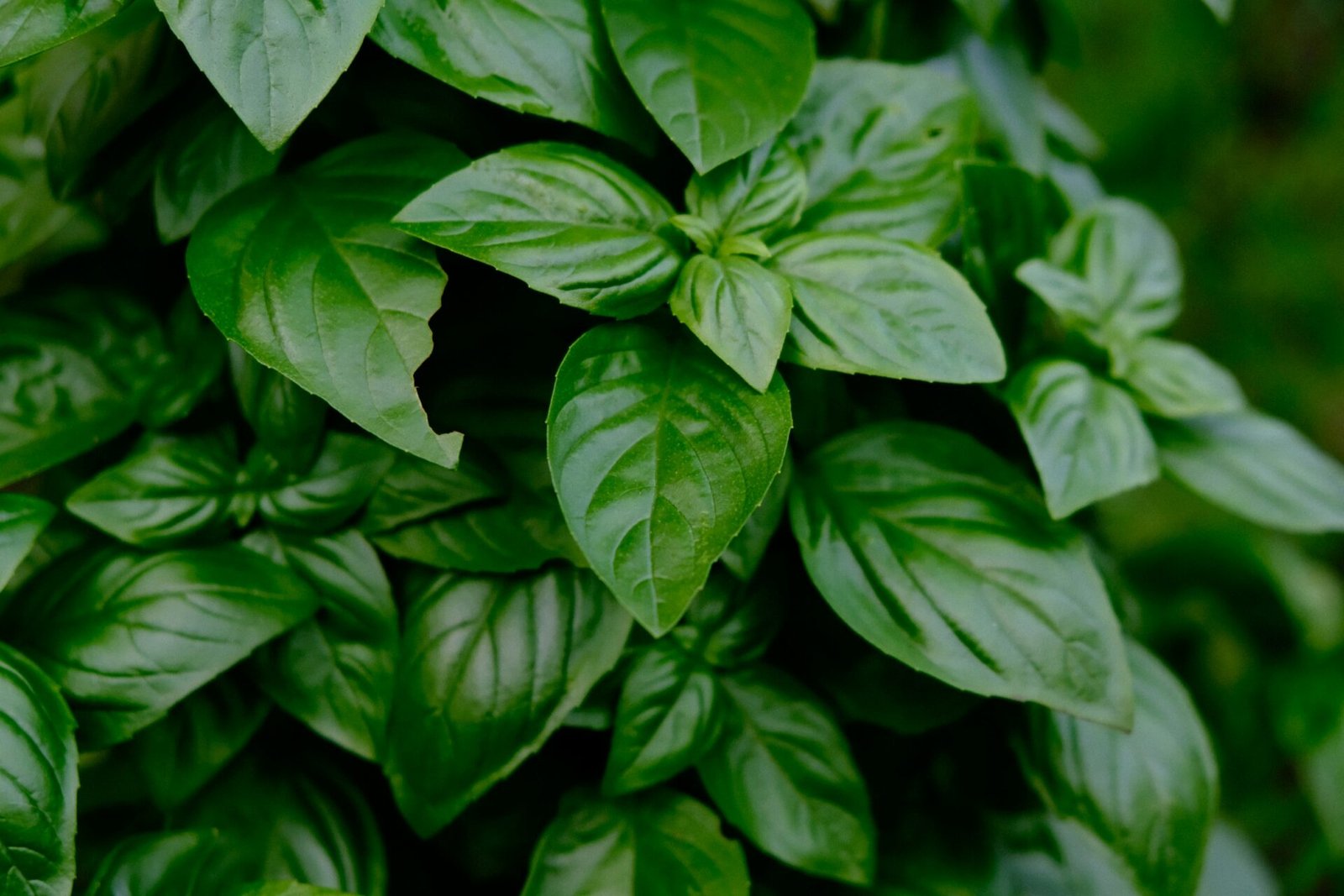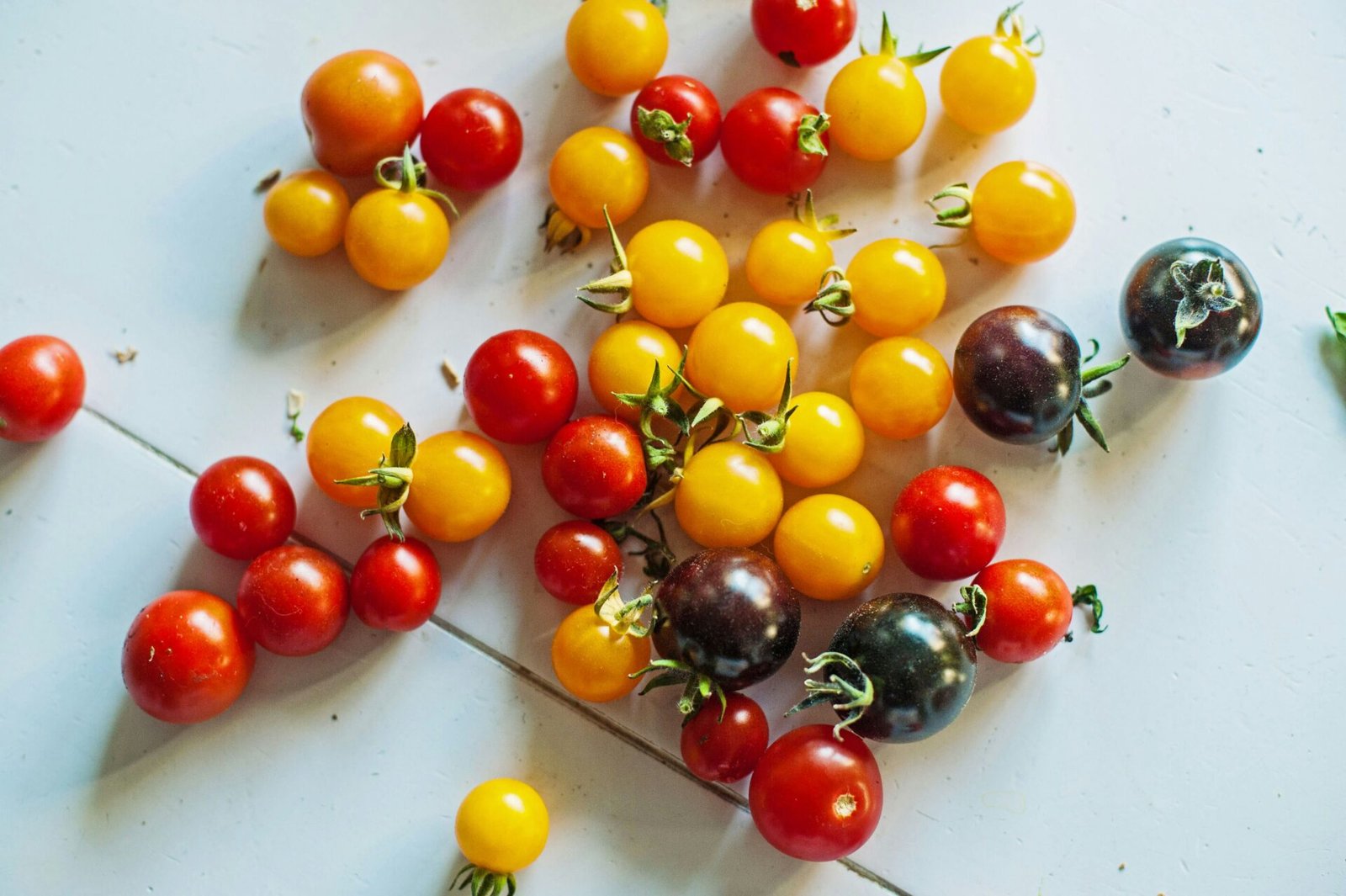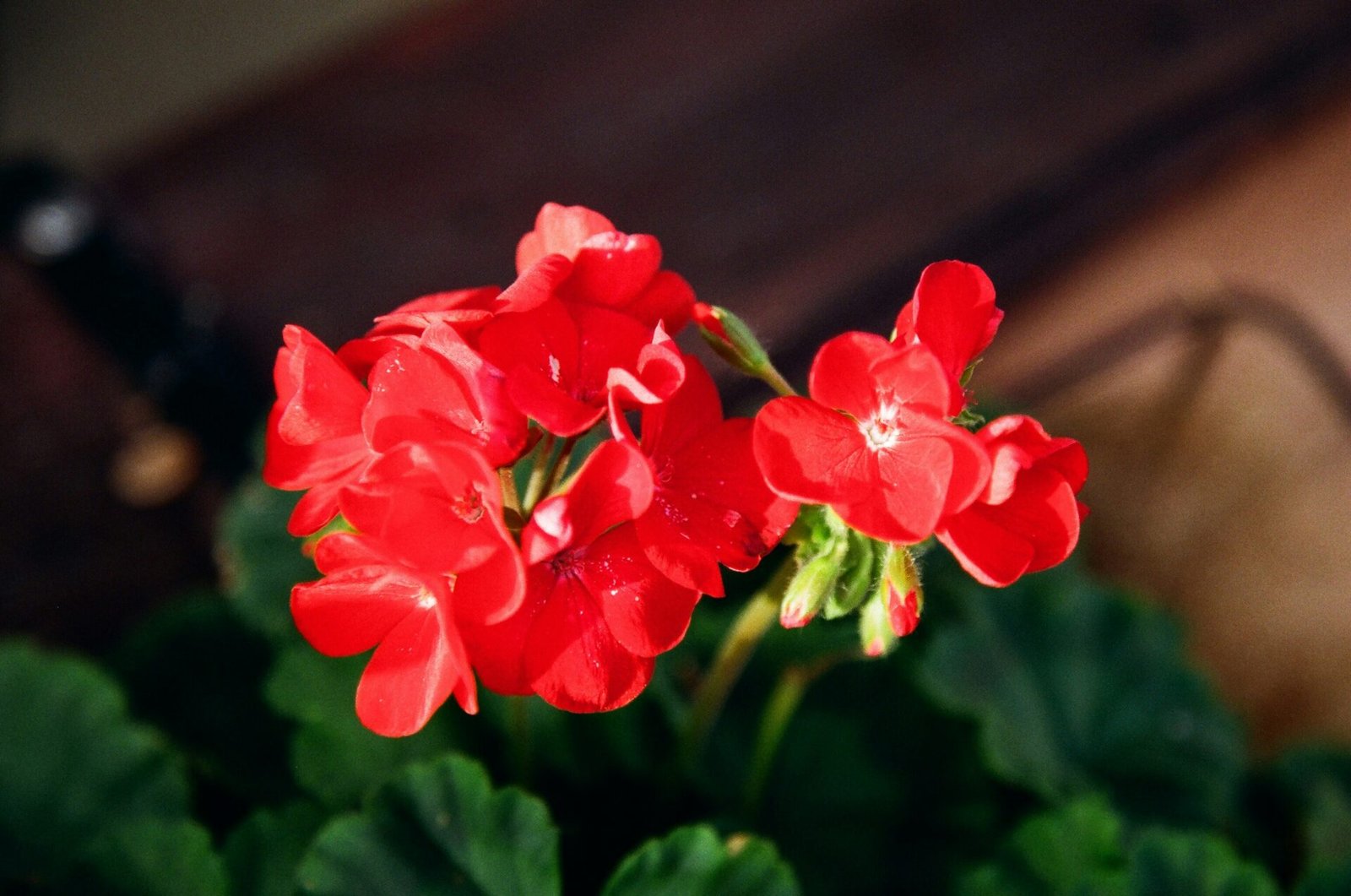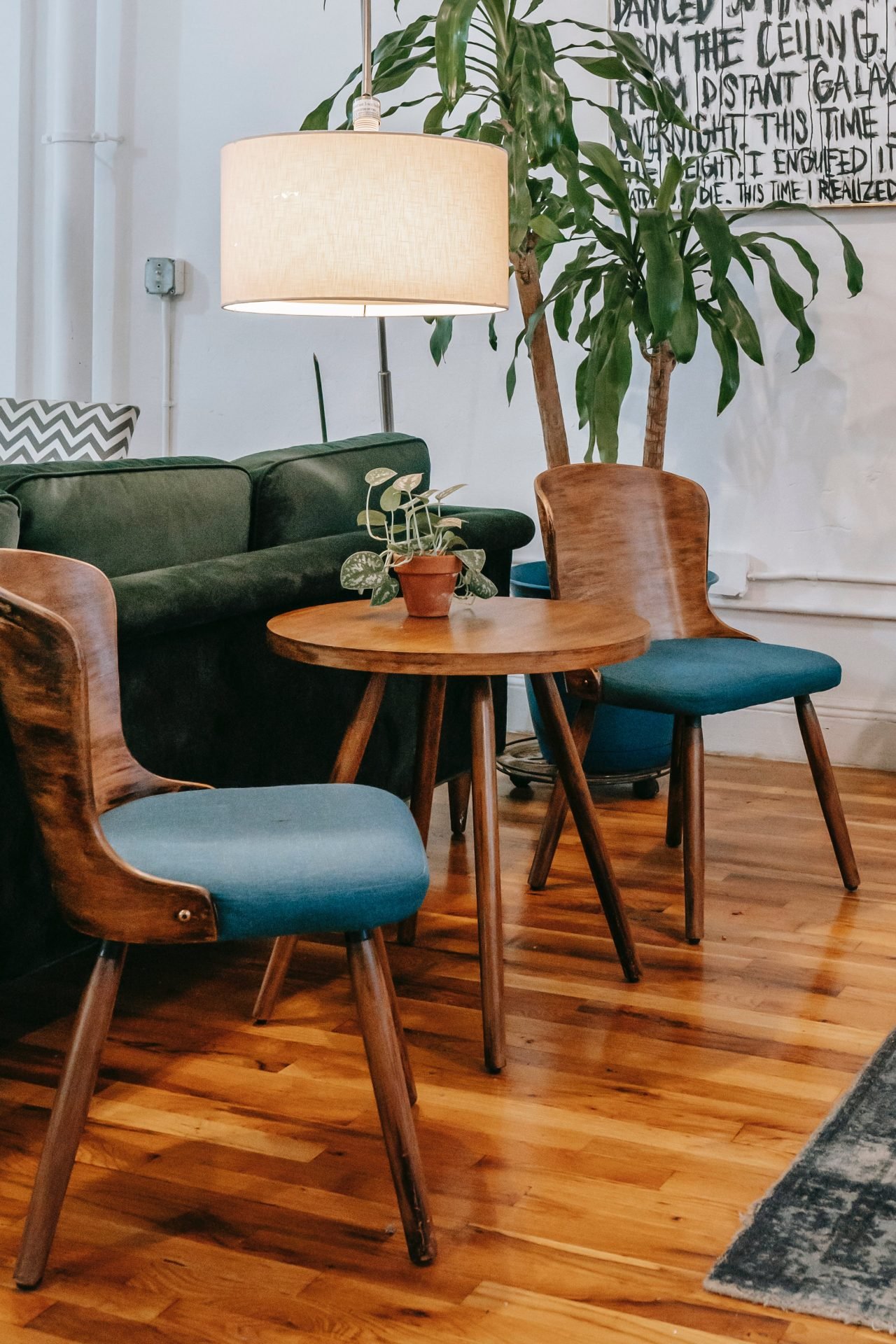Growing basil indoors has been a game changer for my culinary adventures. There’s something incredibly satisfying about plucking fresh herbs right from your kitchen window sill, adding a burst of flavor to any dish. Over the years, I’ve honed my skills and learned the secrets to nurturing these fragrant plants indoors, transforming my cooking and my living space.
Starting a basil plant indoors isn’t just about having fresh herbs at your fingertips; it’s about creating a green, vibrant environment in your home. Whether you’re a seasoned gardener or a novice looking to green your space, I’ll walk you through the essentials of indoor basil care. From selecting the right soil to mastering the watering schedule, growing basil indoors is simpler than you might think and incredibly rewarding.
Understanding Basil and Its Varieties
After diving into the joys and practices of growing basil indoors, it’s crucial to explore the variety of basil types available. Each variety possesses unique characteristics, flavors, and uses in the kitchen, making the choice of which basil to grow an important one. Let’s break down some popular varieties to better understand what might best suit your culinary needs and indoor gardening aesthetic.
Sweet Basil
Sweet Basil, often celebrated for its versatility in cooking, stands as a quintessential herb in many kitchens. Recognized by its vibrant green leaves and a hint of sweetness, it serves as the backbone of pesto and is a beloved addition to salads, sauces, and mozzarella dishes. When growing sweet basil indoors, I find that it thrives under consistent light and moderate watering, making it a forgiving choice for those new to indoor herb gardening. Its pleasant aroma can also enhance the ambiance of a room, combining utility with sensory appeal.
Genovese Basil
A close relative of sweet basil, Genovese basil boasts larger, more tender leaves and a stronger flavor, making it the preferred basil for authentic Italian cuisine. Its robust taste and slightly peppery undertones are perfect for elevating dishes like Caprese salad, pizza, and, most notably, pesto. I’ve observed that Genovese basil appreciates a bit more sunlight than sweet basil, necessitating placement in a well-lit area of the home. Moreover, maintaining a slightly warmer environment can help in maximizing its growth and flavor potency. Cultivating Genovese basil indoors allows for a continuous supply of fresh leaves that can transform ordinary meals into gourmet experiences.
Thai Basil
For those looking to infuse their dishes with an exotic twist, Thai basil is an excellent choice. Distinguished by its purple stems and narrow leaves, Thai basil emits a distinctive anise-like aroma with a hint of spiciness not found in its Mediterranean counterparts. It is indispensable in many Southeast Asian dishes, including curries and stir-fries, providing a burst of flavor that’s both complex and refreshing. Thai basil demands more attention regarding light and temperature, thriving in conditions that mimic tropical climates. However, the effort is well rewarded with its unique taste and the vibrant touch it adds to indoor gardens.
By choosing the right variety, or perhaps a combination of these basils, indoor gardeners can enjoy a rich tapestry of flavors and fragrances right from their homes. Whether it’s the familiar comfort of sweet basil, the Italian flair of Genovese, or the exotic notes of Thai basil, each variety brings its own joy and satisfaction to the gardening and culinary experience.
Essential Requirements for Growing Basil Indoors
Growing basil indoors isn’t just about finding a spot on your windowsill; it’s about replicating the conditions that basil thrives in outdoors. I’ve learned that to do this successfully, certain essential requirements must be met. Paying attention to these factors will ensure that your basil plants are healthy, vibrant, and flavorful.
Light
Basil plants are lovers of light. They require at least six hours of sunlight each day to flourish. I place my basil plants near south-facing windows to ensure they receive ample sunlight throughout the day. If natural sunlight is limited in your home, as it sometimes is in mine during the winter months, consider using grow lights. Positioning these lights about two feet above your basil plants for 10-12 hours a day mirrors the intensity and duration of natural sunlight, promoting steady growth.
Soil
The right soil is crucial for growing basil indoors. Basil prefers well-draining soil that retains moisture without becoming waterlogged. I’ve found that a high-quality potting mix designed for vegetables or herbs works best. It’s rich in organic matter, which basil plants love. To further improve drainage, I sometimes mix in a bit of coarse sand or perlite, ensuring the roots of my basil plants stay healthy and oxygenated.
Water
When it comes to watering, basil has specific needs. The soil should be kept moist but not waterlogged. I’ve learned to let the top inch of soil dry out slightly before watering again. This method prevents overwatering, which can lead to root rot, a common issue in basil plants grown indoors. Employing a consistent watering routine, especially in the warmer months when indoor air can become dry, keeps my basil plants hydrated and happy.
Temperature and Humidity
Basil plants thrive in warm conditions with moderate humidity. I maintain a room temperature of around 70°F for my indoor basil plants, which mimics their preferred outdoor environment. If your home is on the cooler side, placing your basil plants on a heated germination mat can help achieve the necessary warmth. Basil also benefits from a moderate level of humidity. If the air in your home is dry, I recommend using a small humidifier or placing a water tray near your basil plants to increase humidity levels. This mimics the moist air conditions basil enjoys naturally, promoting vibrant growth and preventing the leaves from drying out.
By understanding and catering to these essential requirements, I’ve been able to grow basil indoors successfully, enjoying its aromatic leaves year-round. Whether you’re adding flavor to your dishes or enhancing your home’s environment, following these guidelines ensures your basil plants will thrive indoors.
Choosing Containers for Indoor Basil Plants
Having delved into the prerequisites for nurturing basil indoors, including the intricacies of light, soil, and moisture, I find it imperative to address another crucial aspect: selecting the right containers. The choice of container can significantly impact the growth and health of basil plants indoors. Here, I’ll share insights on pot size, material, and the importance of drainage to ensure your basil thrives.
Pot Size and Material
When choosing containers for growing basil indoors, pot size and material play pivotal roles. A pot that’s too small can restrict root growth, leading to stunted plants, while one that’s too large can cause the soil to dry unevenly, potentially harming the basil. For most basil varieties, I recommend starting with a pot that is at least 6 inches in diameter, which provides ample space for the roots to grow and ensures the plant has enough room to flourish.
Regarding material, terracotta, ceramic, and plastic are popular options, each with its benefits. Terracotta pots are my personal favorite for basil due to their porous nature, allowing air and water to move through the walls, which helps prevent root rot and maintains healthy root systems. Ceramic pots, often glazed, offer a wide range of aesthetic choices and provide similar benefits to terracotta, though they tend to be heavier. Plastic pots are lightweight and retain moisture well, making them a good choice if you tend to underwater your plants. However, they don’t offer the same air circulation as terracotta or ceramic.
Drainage Considerations
Drainage is paramount for indoor basil plants. Basil doesn’t fare well with “wet feet,” meaning it’s crucial to avoid waterlogged soil that can lead to root rot. To ensure optimal drainage, I always choose pots with at least one drainage hole at the bottom. This simple feature allows excess water to escape, which is vital for maintaining the health of the basil.
In addition to selecting a pot with drainage holes, I recommend placing a saucer underneath to catch any runoff, protecting your surfaces. Adding a layer of gravel or small stones at the bottom of the pot can further enhance drainage, though it’s not a substitute for a pot with proper drainage holes.
By focusing on pot size, material, and ensuring adequate drainage, you set the stage for growing healthy, vibrant basil plants indoors. These considerations, together with the care tips previously discussed, like adequate lighting and proper watering, empower you to cultivate basil that enhances your culinary creations and brings a touch of greenery to your indoor space.
Planting and Germination Tips
Growing basil indoors successfully starts with understanding the nuances of planting and germination. With specific attention to starting from seed and transplanting seedlings, I’ll guide you through the process, ensuring your indoor basil thrives from the get-go.
Starting from Seed
Initiating basil cultivation indoors necessitates starting seeds properly. I recommend choosing high-quality seeds of preferred basil varieties, like Sweet Basil, Genovese Basil, or Thai Basil, aligning with the culinary uses and flavors you desire. Use a sterile, well-draining seed starting mix in shallow trays or pots to ensure healthy germination. Moisten the soil slightly before sowing the seeds.
Sow basil seeds about ¼ inch deep, covering them lightly with soil. Keep the soil consistently moist but not waterlogged to prevent seed rot. Placing the trays or pots in a warm area, ideally with temperatures between 70°F and 75°F, accelerates germination. Most basil seeds germinate within 5 to 10 days under these conditions.
Providing sufficient light post-germination is crucial. Position seedlings near a south-facing window or under grow lights for at least six hours daily. This light exposure supports vigorous growth and minimizes legginess in basil seedlings.
Transplanting Seedlings
Once basil seedlings have developed two sets of true leaves, it’s time to transplant them to their final containers. Selecting the right pot is pivotal—opt for one that’s at least 6 inches deep with adequate drainage holes to accommodate the basil’s root system and ensure proper water drainage.
I prepare the transplanting pots by filling them with a mix of potting soil and a handful of compost to nourish the young plants. Carefully, I tease apart the basil seedlings, taking extra care not to damage the delicate roots. I then plant them in their new pots, situating them at the same depth they were growing at before to avoid burying the stems.
After transplanting, I water the basil seedlings gently to settle the soil around the roots and eliminate air pockets. I continue to keep the soil moist (never soggy) and provide the plants with at least six hours of direct sunlight daily. If natural light is inadequate, supplementing with grow lights becomes essential to maintain healthy growth.
Following these specific planting and germination tips ensures that your indoor basil not only survives but flourishes, ready to be a fragrant and flavorsome addition to your kitchen. By starting from seed and transplanting seedlings with care, I set the stage for a bountiful, vibrant basil harvest.
Maintaining Your Indoor Basil Plants
After successfully planting and germinating basil indoors, the next crucial steps involve proper maintenance. Nurturing these aromatic herbs requires attention to pruning and harvesting techniques, a consistent fertilizing schedule, and vigilance against pests and diseases. Let’s explore how to ensure your indoor basil plants thrive, contributing both to your culinary endeavors and creating a lively indoor garden.
Pruning and Harvesting
Pruning and harvesting basil isn’t just about keeping your plants healthy; it encourages fuller growth and prolongs their life. For optimal results, I start pruning when my basil plants are about six inches tall, removing the top set of leaves right above a pair of growing leaves. This method stimulates the plant to branch out, doubling your potential harvest. Similarly, regular harvesting prevents basil from flowering, which can alter the flavor negatively. I make it a point to harvest in the morning when the oil content, and hence the flavor, is at its peak. Using sharp scissors, I cut leaves or stems, ensuring not to remove more than one-third of the plant at a time to avoid stressing it.
Fertilizing Schedule
Basil plants growing indoors have different nutritional needs than those in a garden. I’ve found that a balanced, liquid fertilizer diluted to half strength works best. I administer this solution every four to six weeks during the active growing seasons of spring and summer. It’s crucial to avoid over-fertilizing, as doing so can actually decrease the flavor intensity of the basil. Additionally, ensuring the soil is slightly moist before fertilizing helps prevent root burn and encourages the absorption of nutrients.
Pests and Diseases to Watch Out For
Despite our best efforts, indoor basil plants can still fall victim to pests and diseases. Aphids, spider mites, and fungal infections like powdery mildew are the most common culprits I encounter. For pests, I advocate for prevention as the first line of defense; keeping the growing area clean and inspecting new plants before introducing them to your indoor garden can make a big difference. If pests do appear, I use a mild soap solution to gently wash them away, avoiding harsh chemicals whenever possible. For fungal issues, increasing air circulation around the plants and reducing overhead watering reduces the risk significantly. At the first sign of disease, I remove and discard the affected leaves to prevent it from spreading.
Maintaining indoor basil plants revolves around careful attention to their growing environment and needs. By following these guidelines for pruning and harvesting, adhering to a proper fertilizing schedule, and staying vigilant about pests and diseases, your basil will flourish indoors. Not only will this enhance your cooking with fresh, aromatic basil leaves, but you’ll also enjoy the added beauty and aroma they bring to your home.
Troubleshooting Common Problems
When it comes to growing basil indoors, ensuring the health and vitality of your plants is paramount. Occasionally, you might encounter some challenges. Let’s dive into common problems and their solutions to keep your basil thriving.
Leggy Plants
Encountering leggy basil plants is a sign they’re not receiving enough light. Basil requires around 6 to 8 hours of sunlight daily. If I notice my plants stretching toward the light, I move them closer to a window or supplement with grow lights. Positioning plants within a foot of artificial lights for at least 10 hours a day mimics the natural sunlight they crave. Regular pruning also encourages bushier growth, preventing legginess. By trimming the top leaves once the plant has two sets of true leaves, I stimulate the plant to grow more laterally.
Lack of Flavor
The joy of growing basil is in its robust flavor, perfect for enhancing dishes. If the basil seems to lack flavor, the cause might often be insufficient light or overwatering. I ensure my basil gets plenty of light and monitor soil moisture levels closely. Basil prefers soil that’s moist but well-drained. Overly saturated soil can lead to diluted flavors in the leaves. Additionally, I avoid excessive fertilization. Feeding basil with a balanced, water-soluble fertilizer once a month is sufficient. Too much fertilizer can dilute the essential oils in basil, resulting in less flavorful leaves.
Wilting or Yellowing Leaves
Wilting or yellowing leaves often indicate watering issues or a disease like root rot. Basil doesn’t like to sit in wet soil. I check the top inch of soil for dryness before watering. Providing a pot with adequate drainage helps prevent water from accumulating at the bottom and causing the roots to rot. If wilting persists despite proper watering, I examine the roots for signs of root rot, characterized by a mushy texture and brown color. Trimming away affected roots and repotting the plant in fresh, well-draining soil usually helps recover its health. Moreover, maintaining optimal humidity levels around your basil can prevent leaf yellowing, which can occur when the air is too dry or too moist.
By addressing these common issues promptly, I ensure my indoor basil plants remain healthy and vibrant, ready to add fresh flavor to my culinary creations.
Expanding Your Indoor Basil Garden
Expanding your indoor basil garden brings not only more flavor to your dishes but also enhances the greenery of your home. In this section, I’ll dive into the specifics of propagating basil cuttings and the benefits of growing multiple varieties. These steps ensure a lush, diverse basil garden indoors.
Propagating Basil Cuttings
Propagating basil from cuttings is a straightforward and efficient way to multiply your basil plants. I’ve found that choosing a healthy stem about four inches long, cutting just below a leaf node, and removing the leaves from the bottom two inches of the stem before placing it in water is a foolproof method. It’s essential to keep the cutting in a bright, warm spot but out of direct sunlight to encourage root growth. Within a week or two, roots will emerge, and once they’re about an inch long, transplanting them into soil ensures successful growth. This method not only multiplies your basil plants but also saves time and money compared to starting from seeds.
Growing Multiple Varieties
Growing multiple varieties of basil indoors can turn your garden into a tapestry of flavors and aromas. Each variety, from Sweet Basil, Genovese Basil, to Thai Basil, brings its unique characteristics to both your garden and kitchen. Integrating diverse varieties ensures a broad palette of flavors for culinary exploration. When growing multiple varieties, it’s crucial to cater to each type’s specific needs in terms of light, water, and soil, leveraging their individual traits for a flourishing indoor garden. Experimenting with different basil types enriches your indoor gardening experience and elevates your culinary creations with fresh, aromatic herbs.
Conclusion
Growing basil indoors isn’t just about adding a touch of green to your home; it’s an enriching journey that enhances your cooking and connects you with the process of nurturing life. With the right care, from selecting the best basil varieties to mastering the art of pruning and harvesting, you’ll find that each step is a step towards a more flavorful and vibrant home environment. Remember, the key to a thriving indoor basil garden lies in understanding the unique needs of your plants and providing them with the love and care they deserve. So, roll up your sleeves and get ready to enjoy the lush, aromatic bounty that your indoor basil garden promises. It’s an adventure that’s as rewarding as it is delicious.




